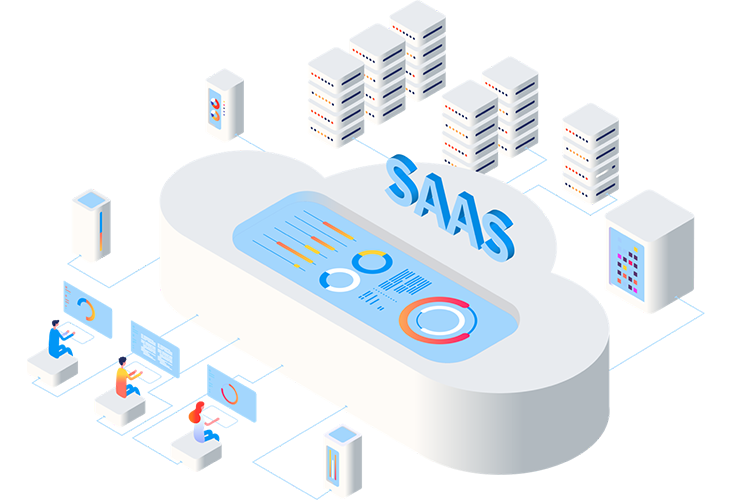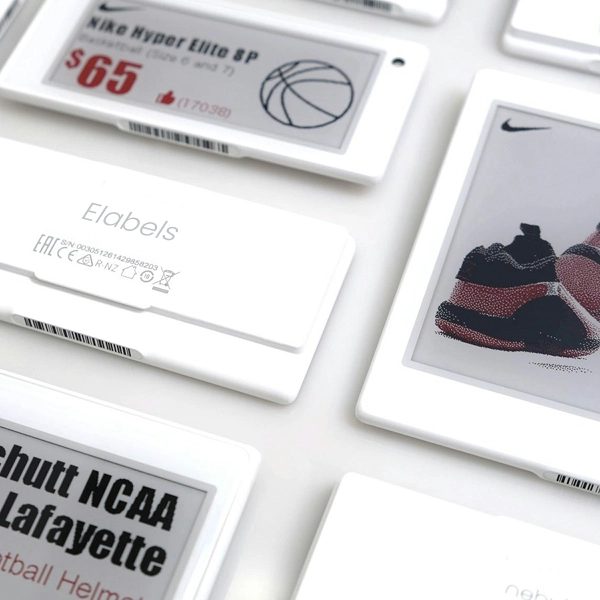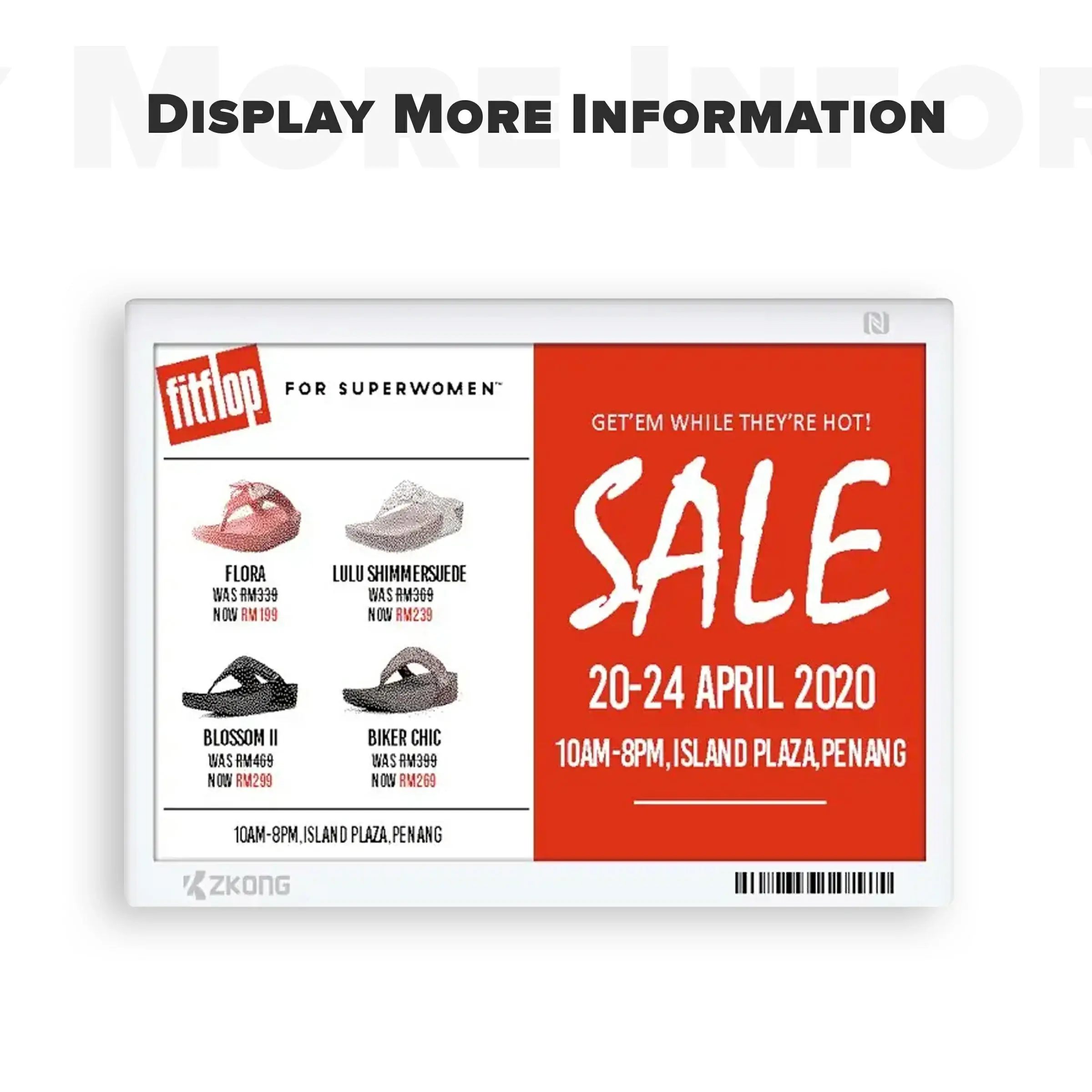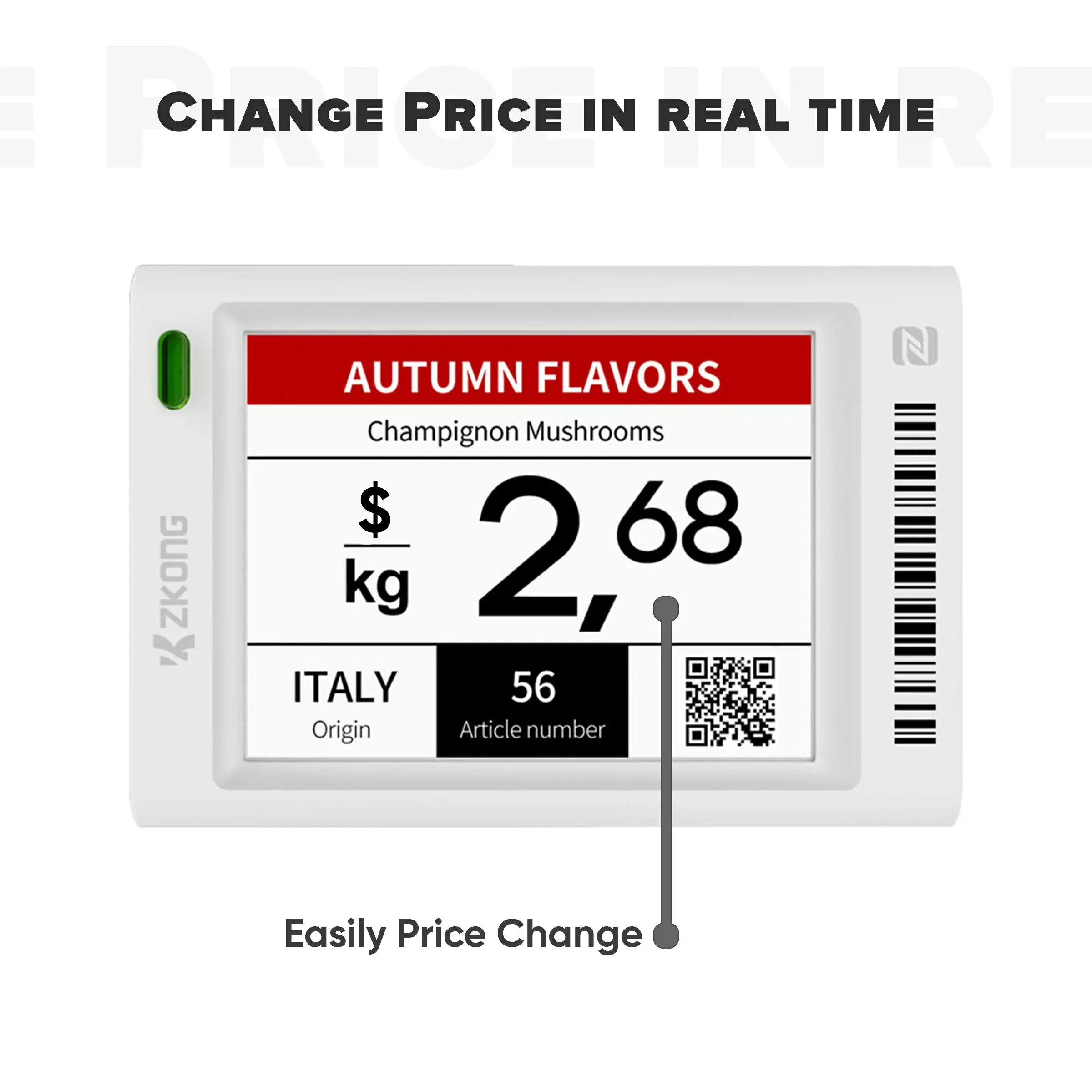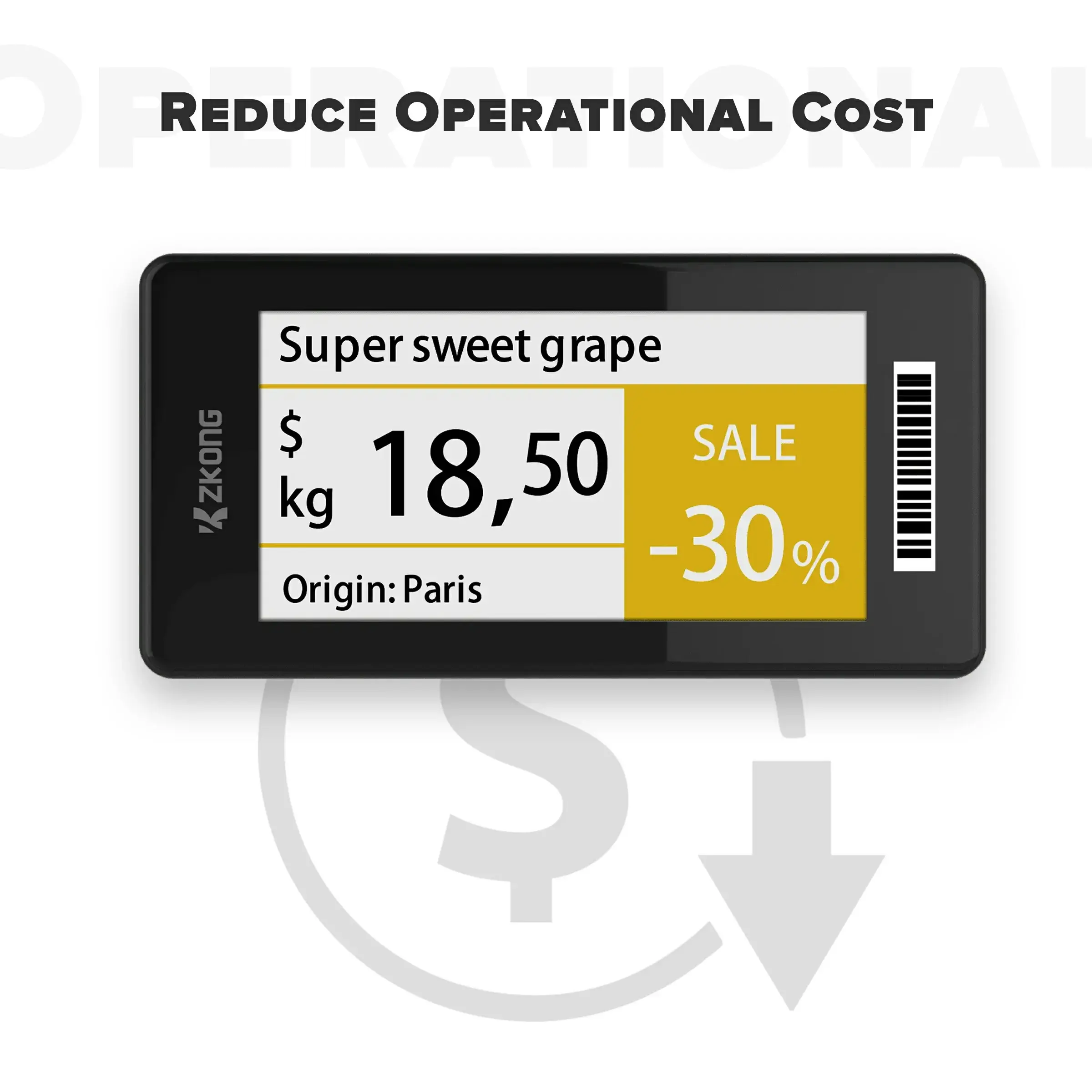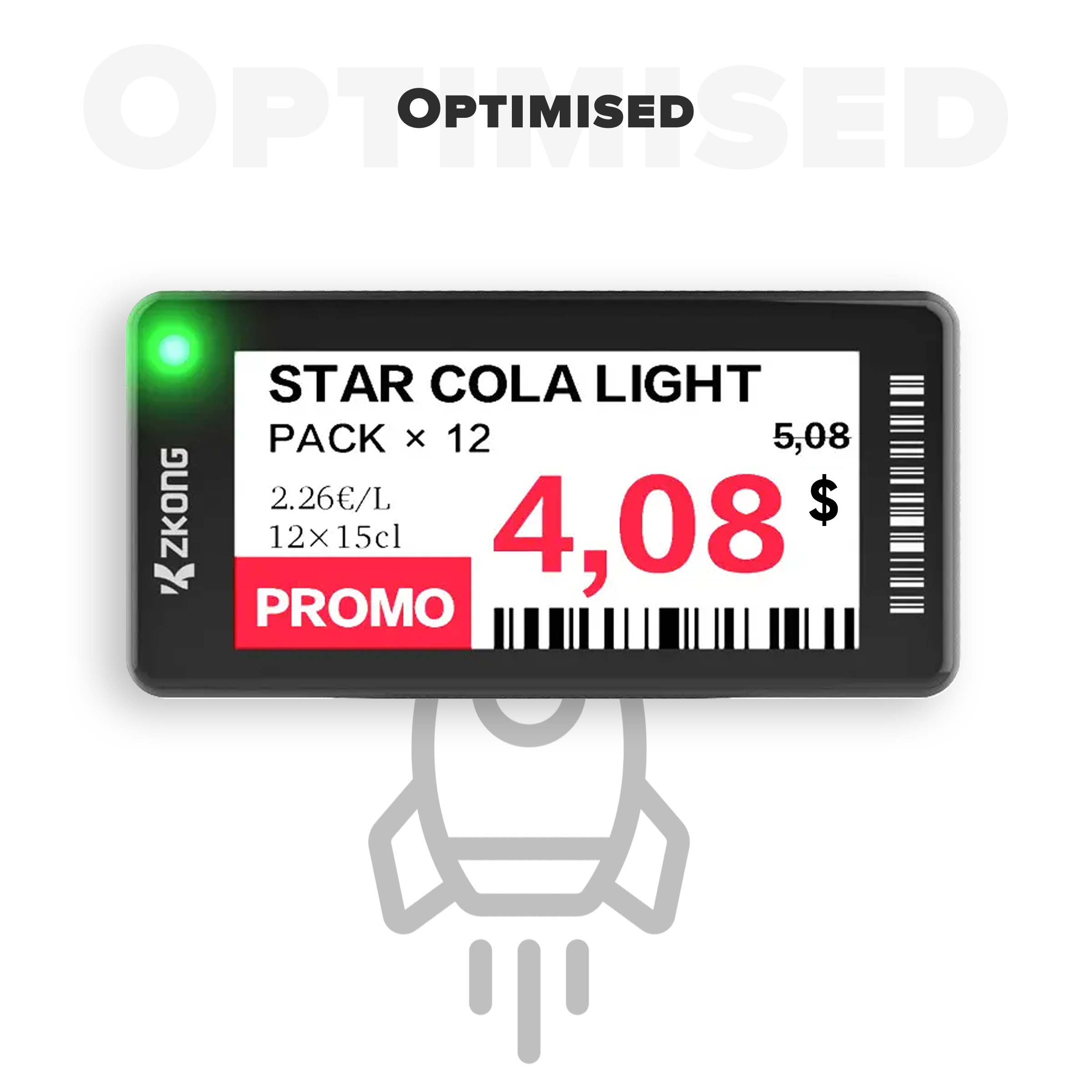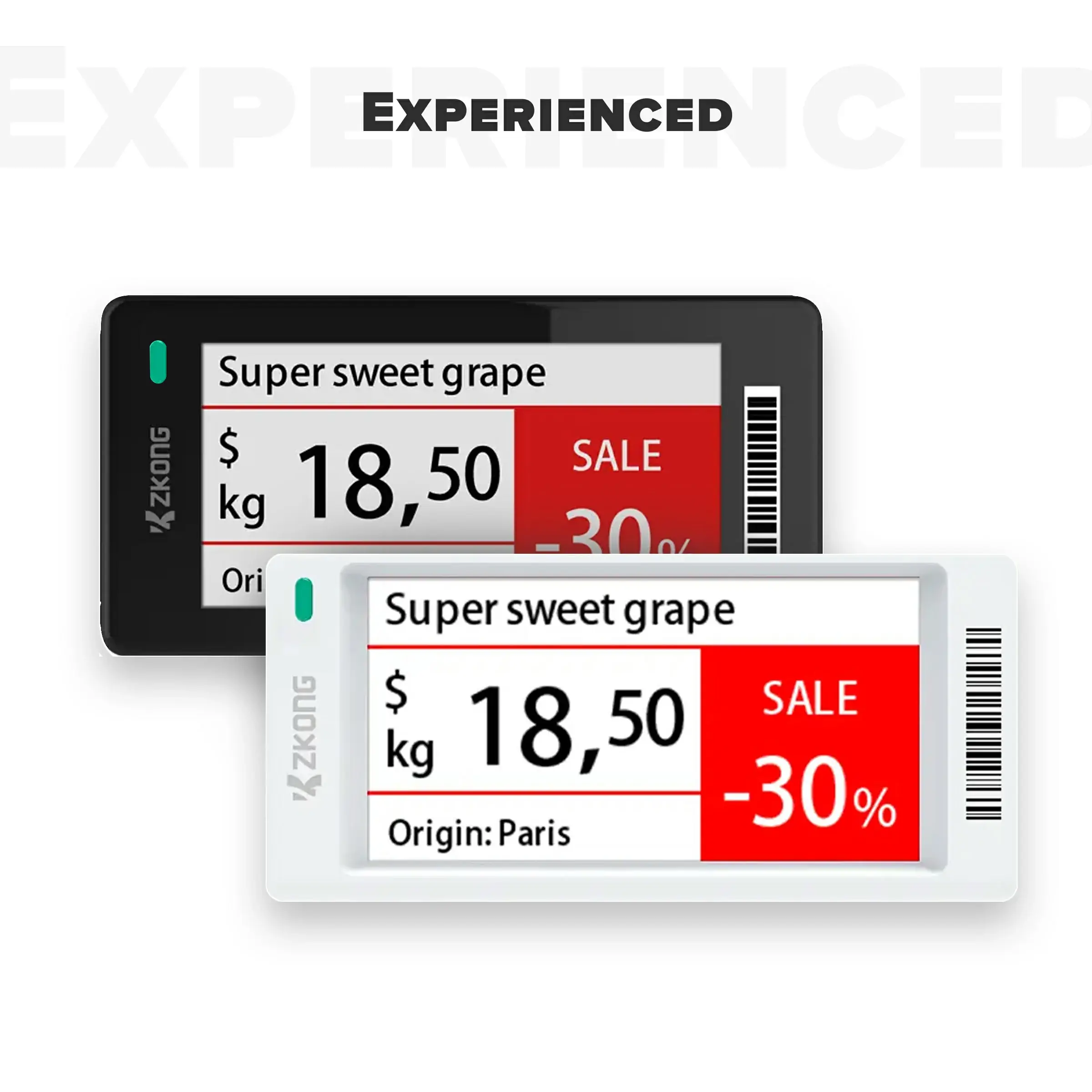Features of an Electronic Shelf Label
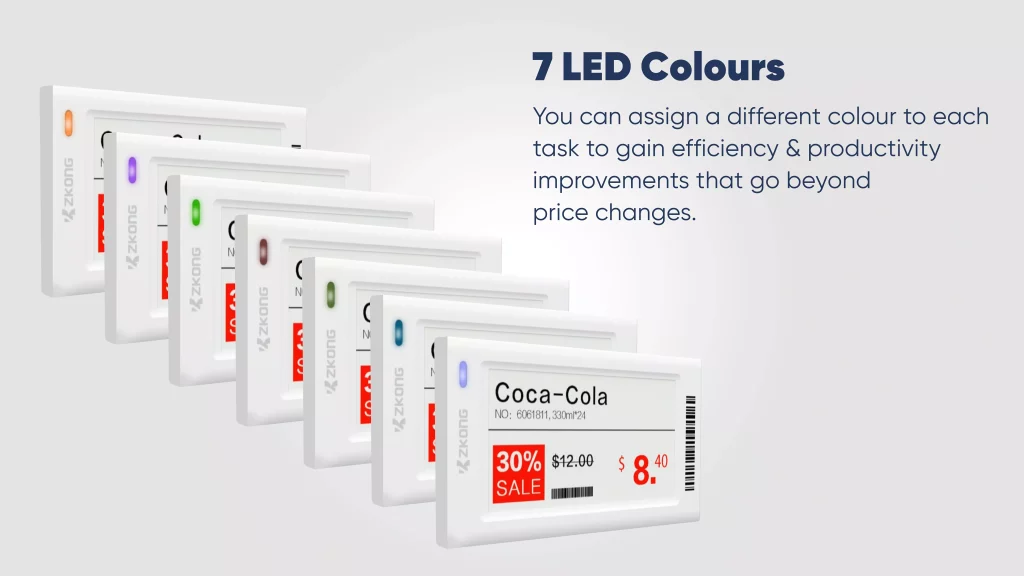
Electronic shelf label is an electronic display device that is usually placed on the edge of the shelves, rails, or aisles to replace traditional paper labels. These labels are connected to the store owner’s computer database through a network of wireless systems and help in displaying the latest price changes, information, and other specifications of the items accurately and quickly without manual efforts.

Elabels cloud platform is the industry's first true cloud architecture, operating on the model, it solves the dilemma of centralised deployment and application of smart hardware devices like ESLs, LCDs, AI Cameras, etc. in shops. The seamless combination of software and hardware makes the in-store management highly efficient and intelligent, discharging the true potential of a smart retail experience.
